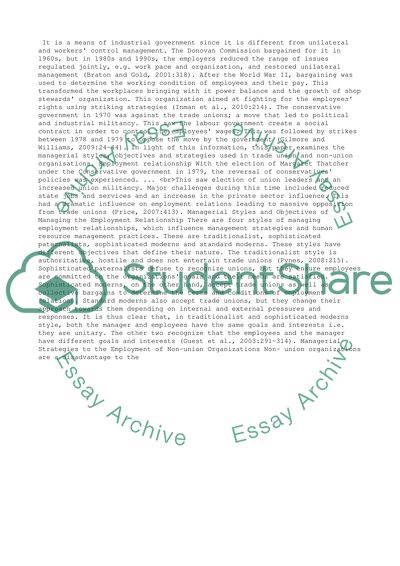Cite this document
(“Human Resources Management Essay Example | Topics and Well Written Essays - 1500 words”, n.d.)
Human Resources Management Essay Example | Topics and Well Written Essays - 1500 words. Retrieved from https://studentshare.org/management/1444097-outline-and-discuss-the-hrm-approach-to-managing
Human Resources Management Essay Example | Topics and Well Written Essays - 1500 words. Retrieved from https://studentshare.org/management/1444097-outline-and-discuss-the-hrm-approach-to-managing
(Human Resources Management Essay Example | Topics and Well Written Essays - 1500 Words)
Human Resources Management Essay Example | Topics and Well Written Essays - 1500 Words. https://studentshare.org/management/1444097-outline-and-discuss-the-hrm-approach-to-managing.
Human Resources Management Essay Example | Topics and Well Written Essays - 1500 Words. https://studentshare.org/management/1444097-outline-and-discuss-the-hrm-approach-to-managing.
“Human Resources Management Essay Example | Topics and Well Written Essays - 1500 Words”, n.d. https://studentshare.org/management/1444097-outline-and-discuss-the-hrm-approach-to-managing.


